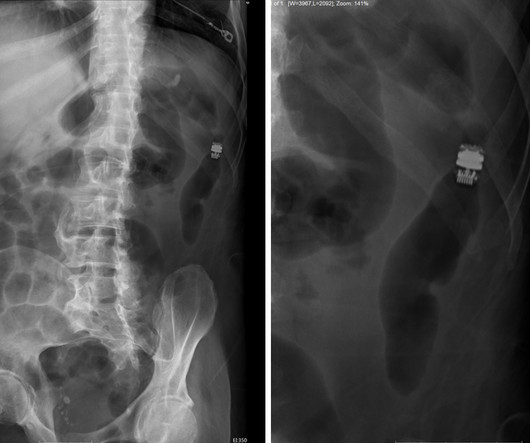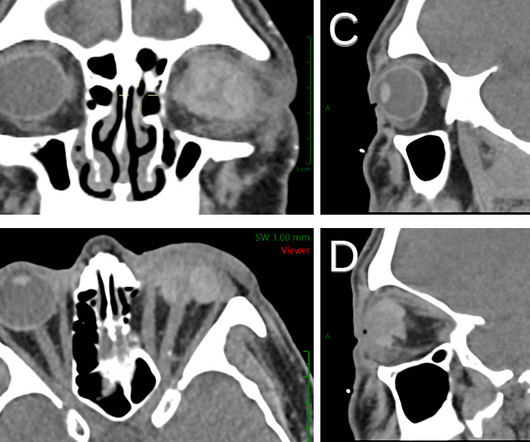Capsule Retention Following Capsule Endoscopy
Global Radiology CME
SEPTEMBER 5, 2023
Capsule Retention and Risk Factors: Capsule endoscopy is used for evaluating small-bowel disorders, such as bleeds and Crohn disease.[ Computed tomography (CT) could be used to determine the capsule’s location if it is difficult to do so via x-ray.











Let's personalize your content